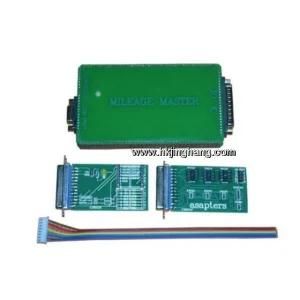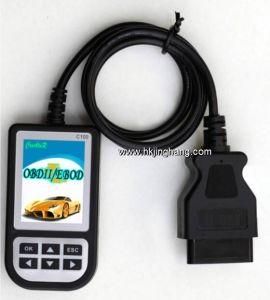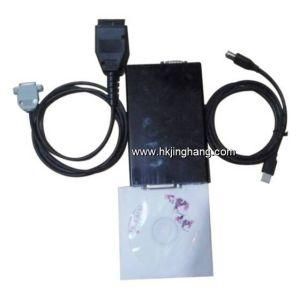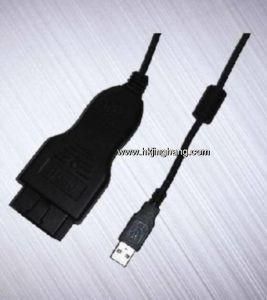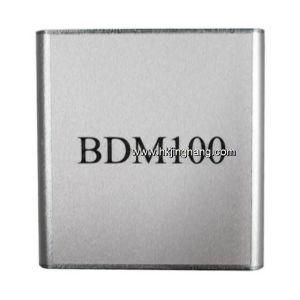Medical Coverall PP+PE+Taped Seams Coated Coverall One Piece Isolation Coverall Suit Antistatic
Ningbo Yinzhou Baiyou Home Products Co., Ltd. / 2022-06-23

- Style:Medical One-Piece Protective Clothing(Coverall)
- Available Times:Disposable
- Sterilization:Sterilization
- Logo Printing:Without Logo Printing
- Color:White
- Shoe Cover:Without Shoe Cover
=== Base Info ===
- Model NO.:Medical coverall
- Transport Package:Suit for The Medical Products Packaging
- Specification:S M L
- Trademark:Yaliya
- Origin:China
- Production Capacity:1000000pieces,Month
=== Description ===
Basic Info.
Model NO. Medical coverall Transport Package Suit for The Medical Products Packaging Specification S M L Trademark Yaliya Origin China Production Capacity 1000000pieces/MonthProduct Description

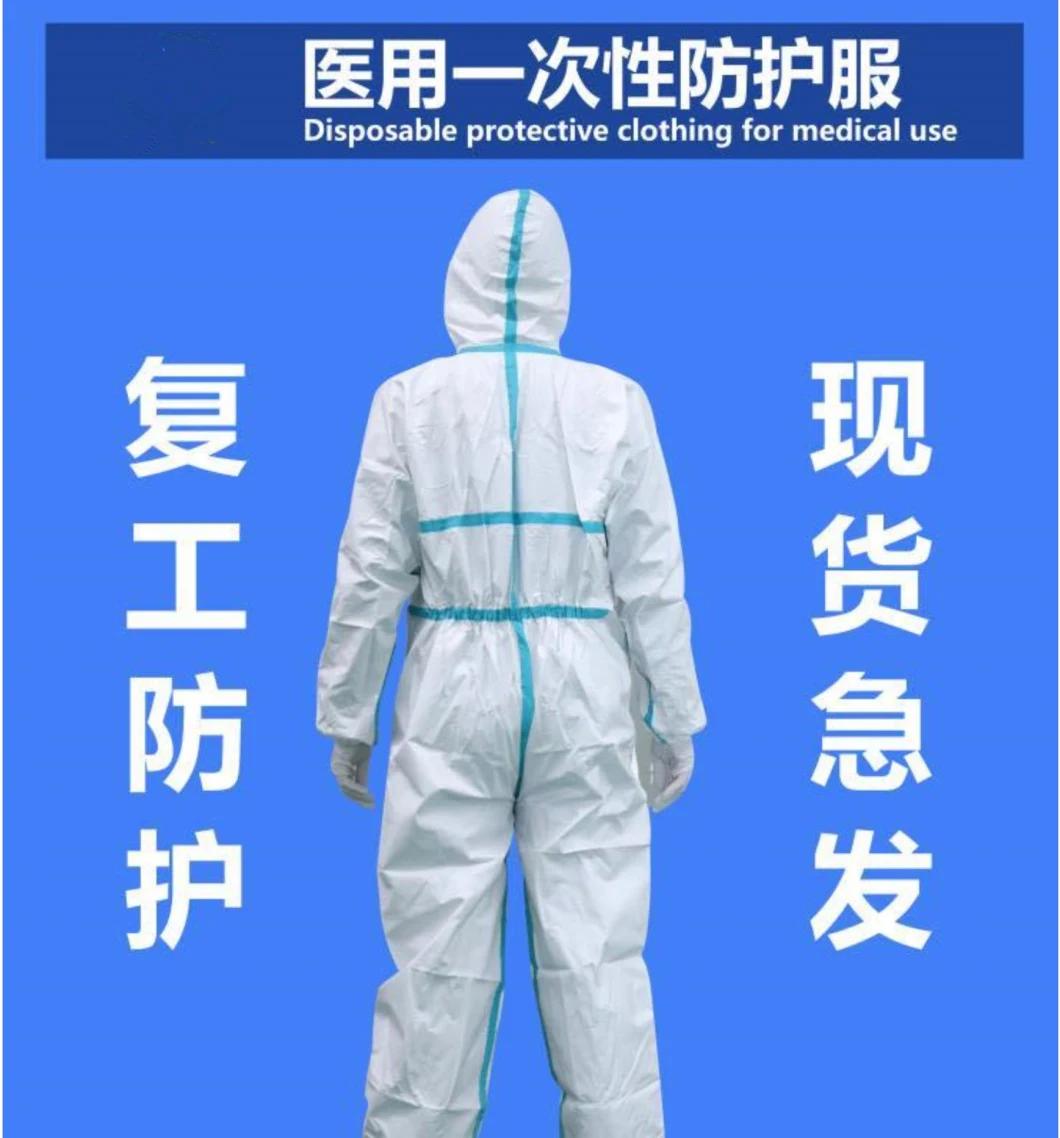
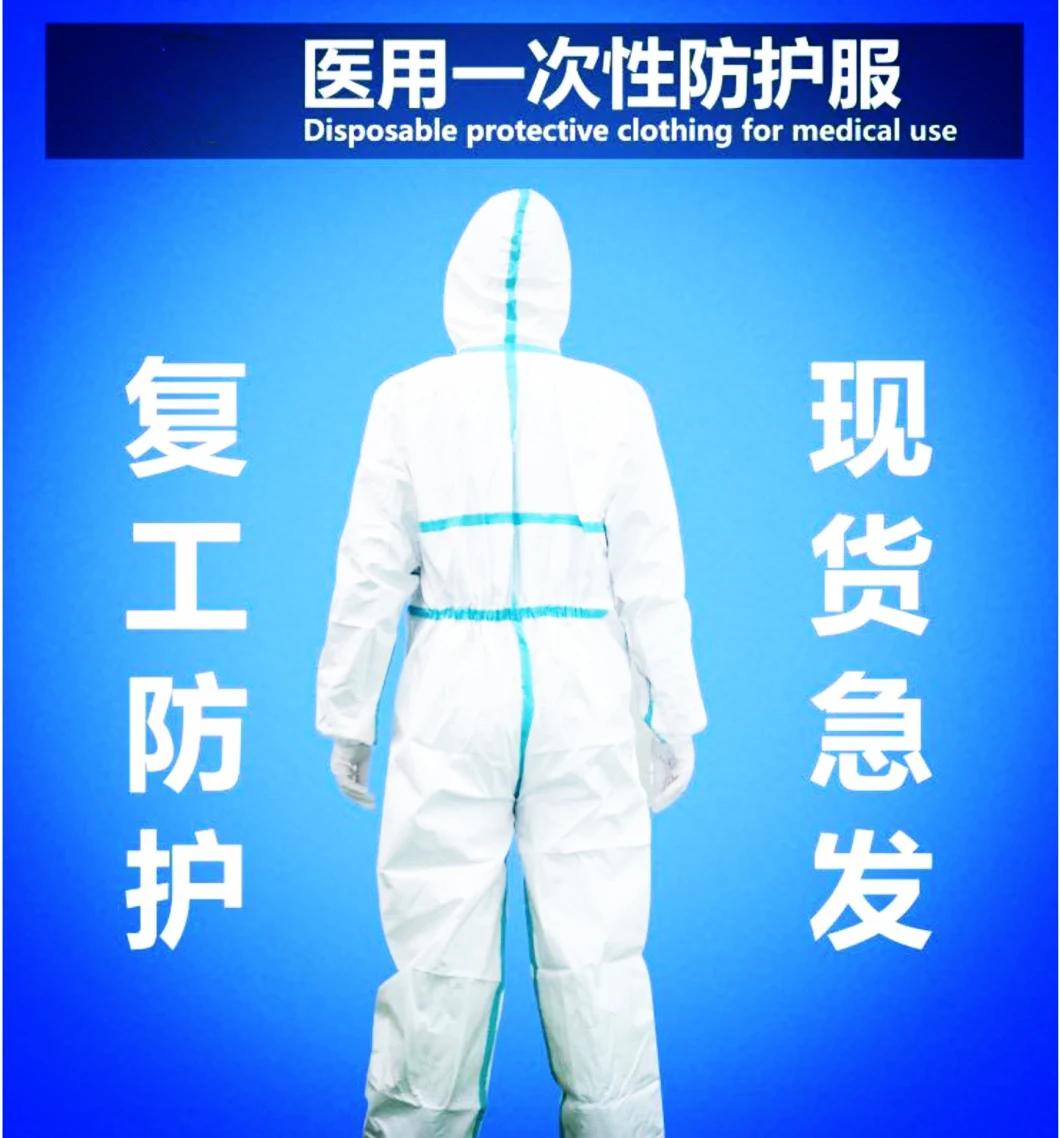
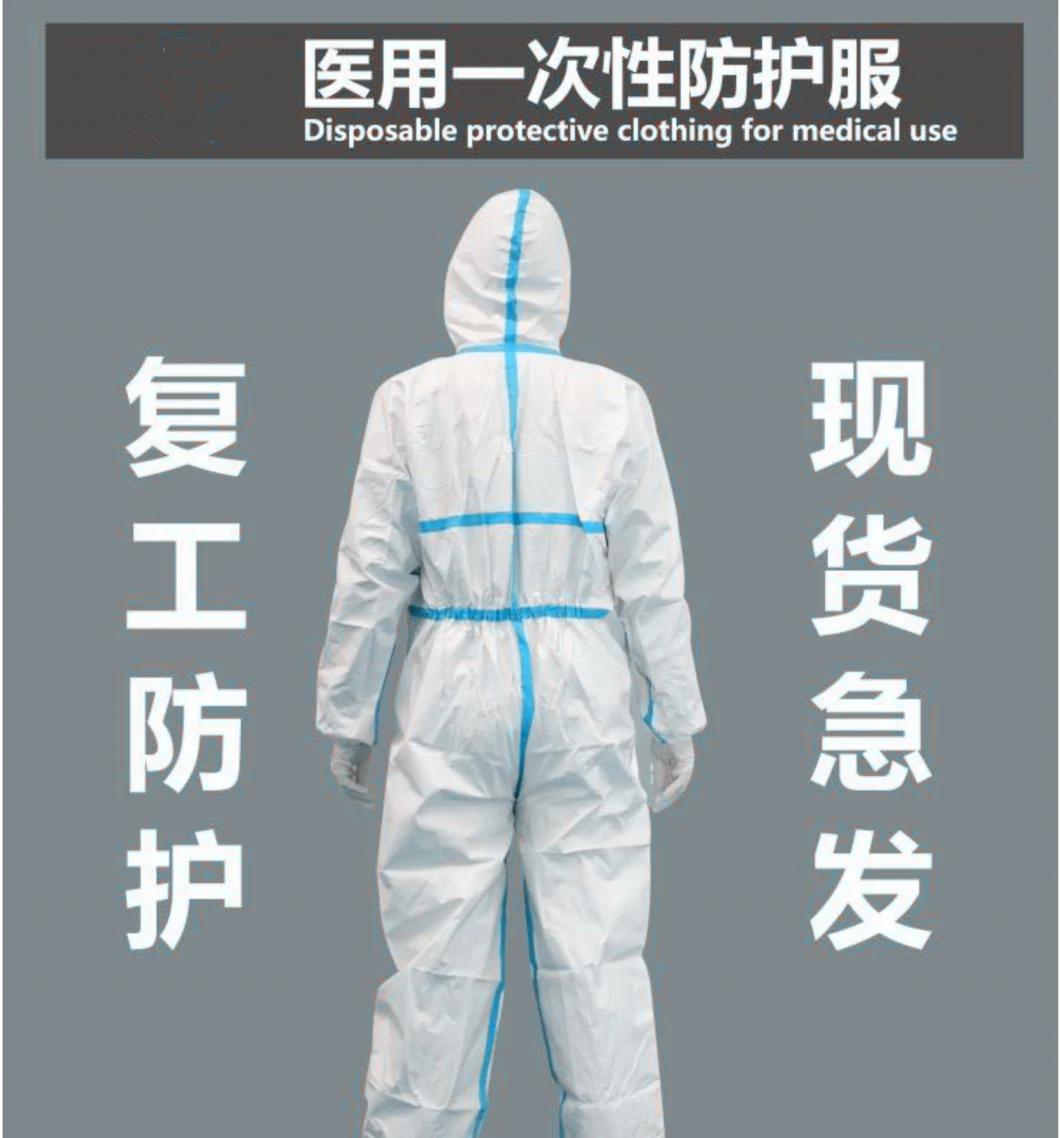
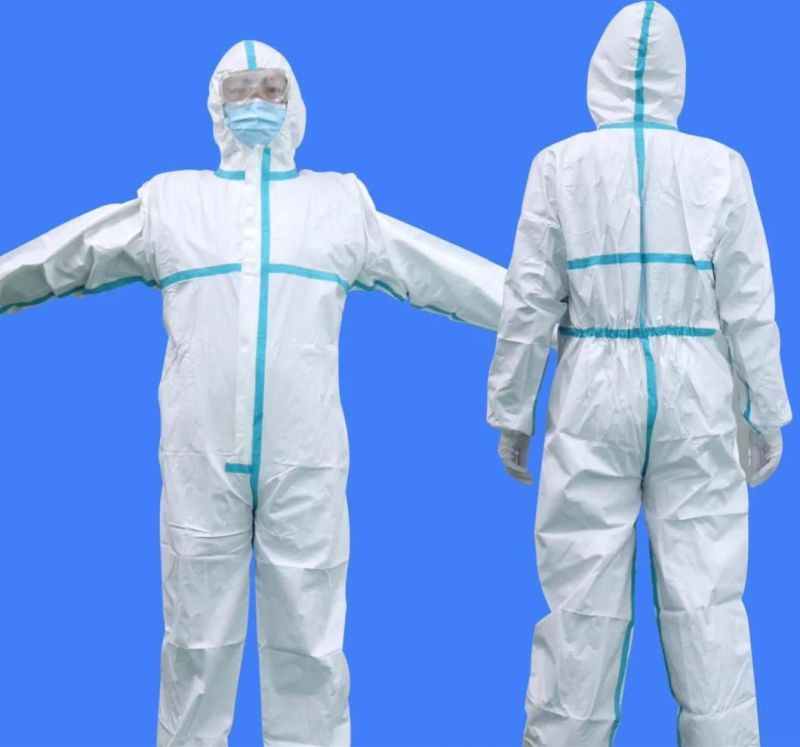
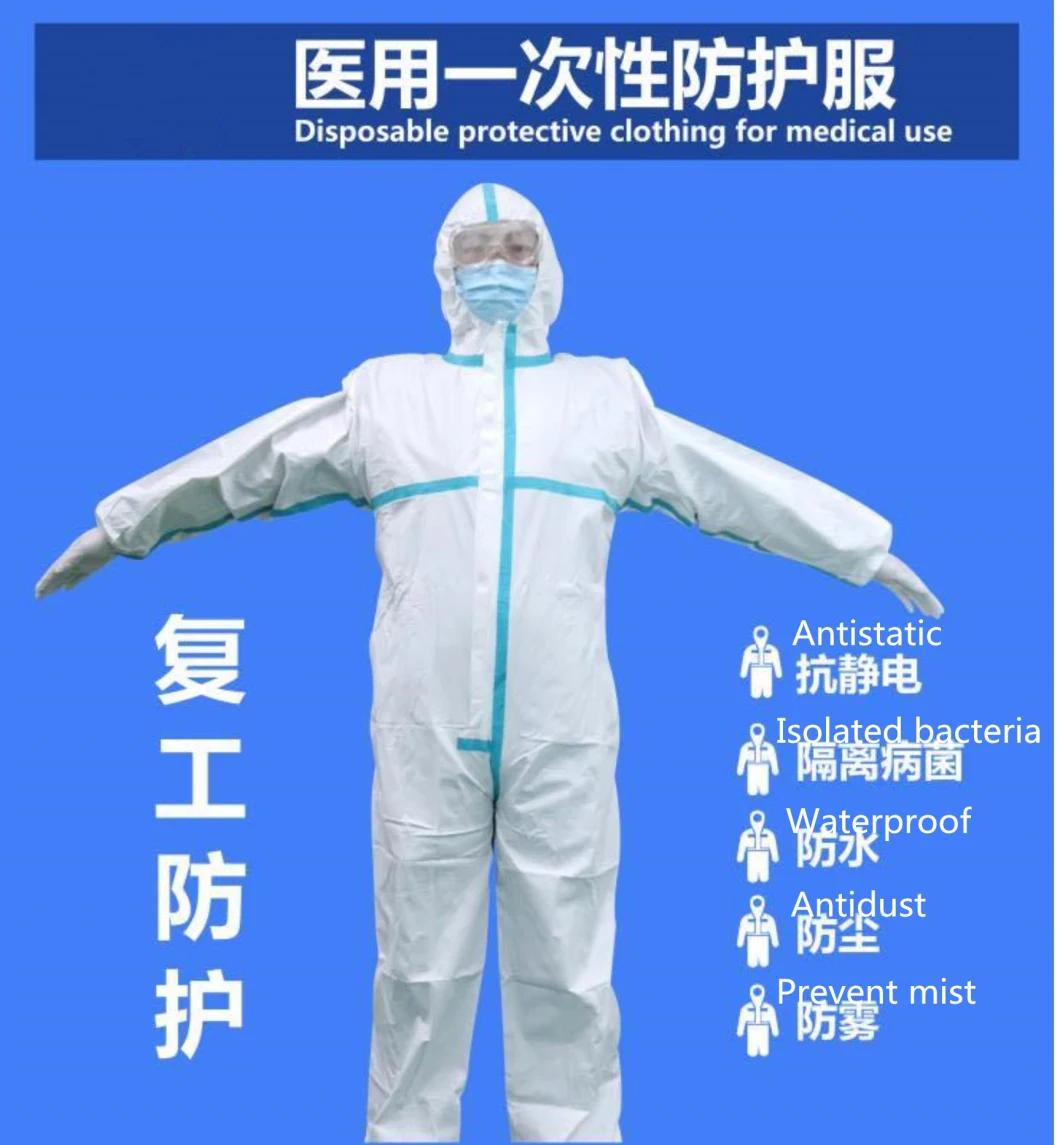
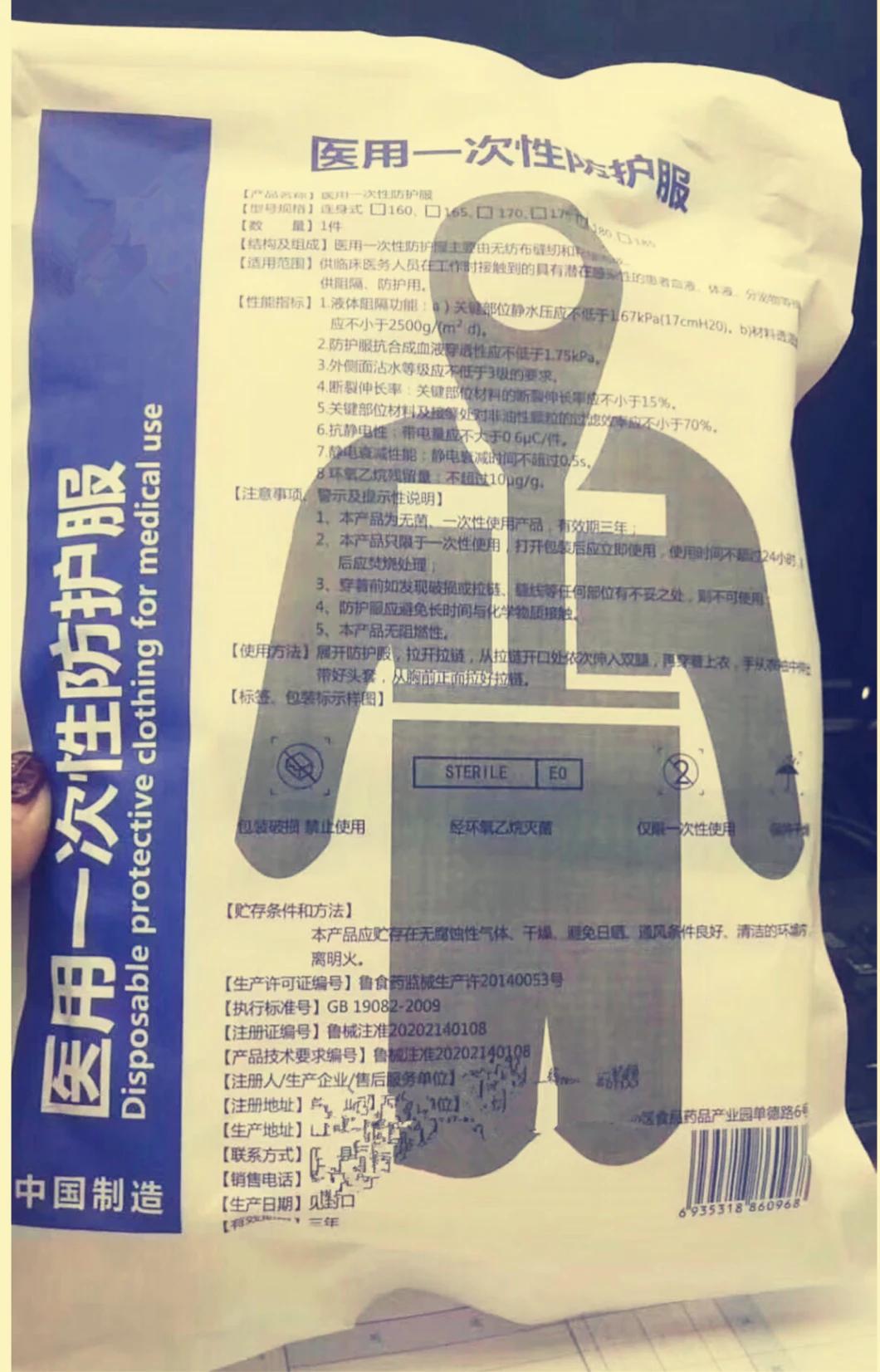
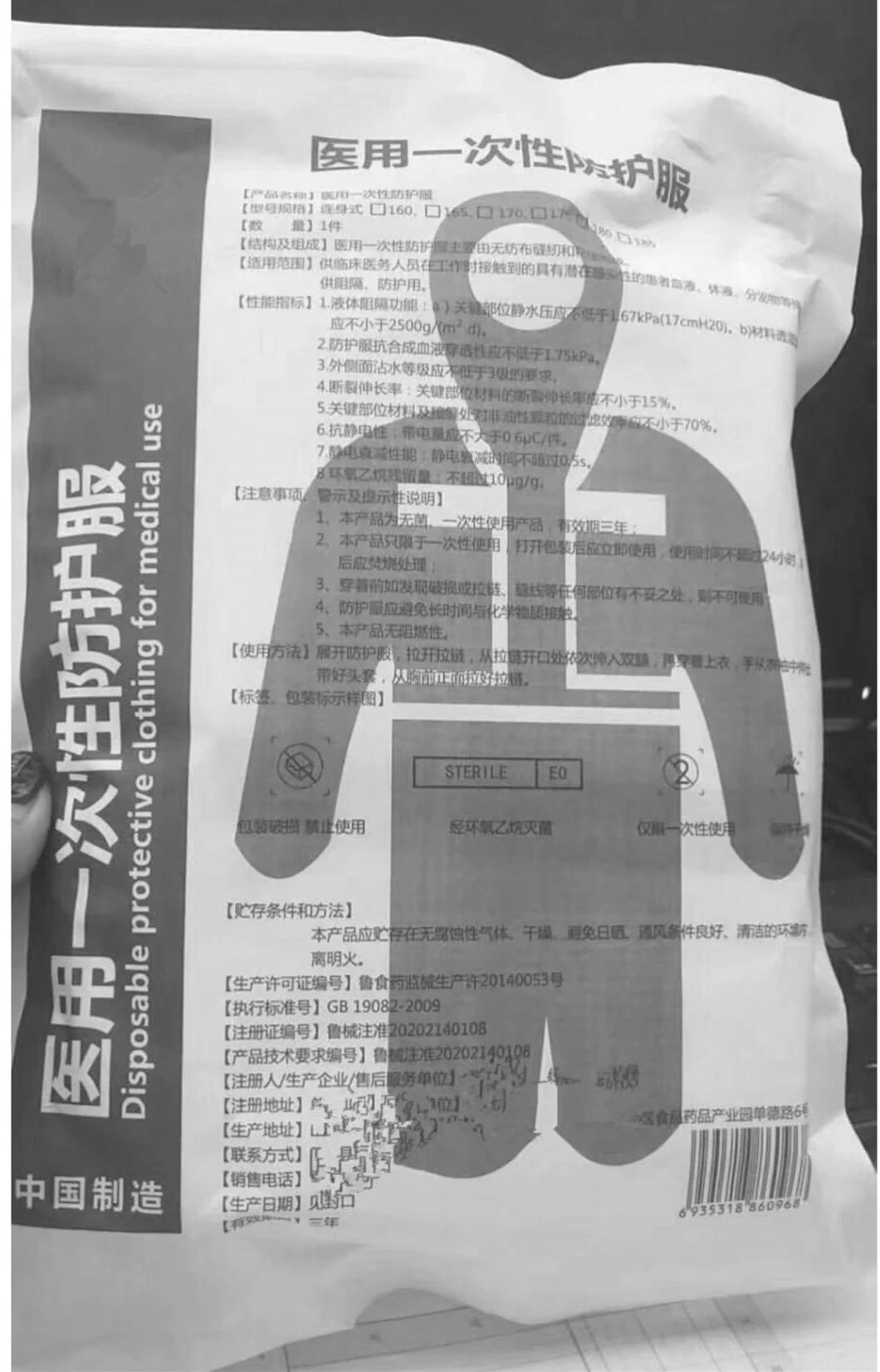
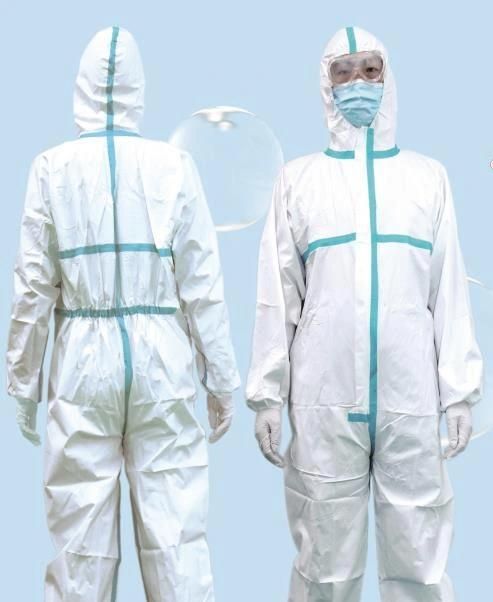
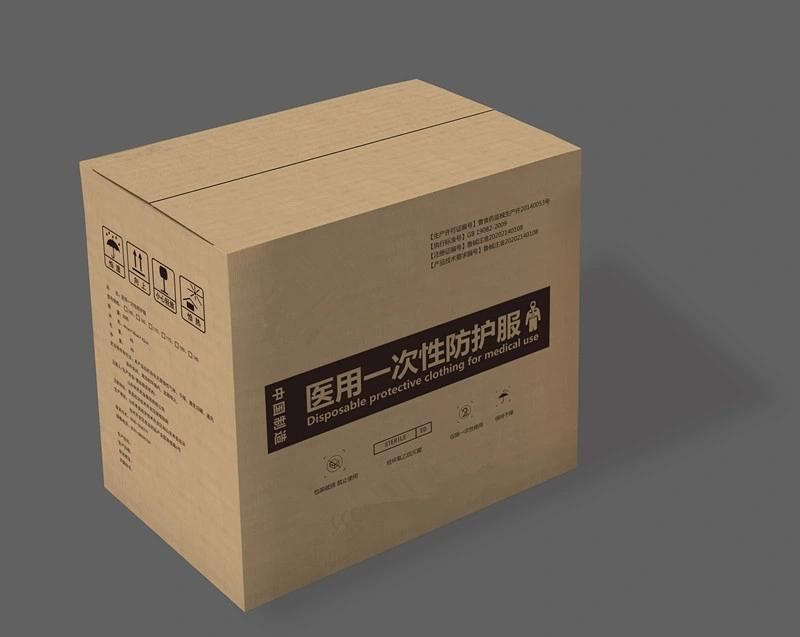 Scope of application:
Scope of application:It is used to provide barrier protection against blood, body fluids, secretions, viruses, etc. of potentially infectious patients that clinical medical personnel come into contact with while working, and it can also be used in ICU.
Disposable protective clothing for medical use
1. Product type/specification and its classification
Composition of 1.1
Medical disposable protective clothing (hereinafter referred to as "protective clothing") is mainly made of non-woven sewing and bonding.
1.2 type and specification
Protective clothing is classified as one-piece according to the structure, and according to the size, it is divided into 160, 165, 170, 175, 180.
Table 1: size of one-piece protective clothing in centimeters
Size Body length Chest circumference Sleeve length The cuff Foot opening
160, 165, 120, 84, 18, 24
165, 169, 125, 86, 18, 24
170, 173, 130, 90, 18, 24
175, 178, 135, 93, 18, 24
180, 181, 140, 96, 18, 24
185, 188, 145, 99, 18, 24
Deviation ±2 ±2 ±2 ±2 ±2
2. Performance indicators
2.1 appearance
2.1.1 the appearance should be dry, clean and free from mildew. No adhesion, cracks, holes and other defects are allowed on the surface.
2.1.2 the joint parts of the protective clothing shall be processed by stitching and bonding. The hole of the stitch should be sealed, the stitch should be 8-14 stitches for every 3cm, the stitch should be even and straight, no jumping needle is allowed. The place after agglutinate processing, should level off, seal, without bubble.
2.1.3 the zipper of the protective suit with zipper shall not be exposed, and the zipper shall be self-locking.
2.2 structure
2.2.1 protective clothing is composed of hooded jacket and trousers. The one-piece structure is shown in figure 1.
The key parts are: left and right front, right and left arms and back.
2.2.2 the structure of protective clothing should be reasonable, easy to wear and take off, and the binding part should be strict.
2.2.3 elastic retainer is used for cuff and ankle, elastic retainer, drawstring retainer or buckle is used for cap face retainer and waist.
2.3 type specifications
The size specification of protective clothing should meet the requirements in table 1.
2.4 physical properties
2.4.1 liquid blocking function
2.4.1.1 impermeability
The hydrostatic pressure at key parts of the protective clothing should not be lower than 1.67kPa(17cmH20).
2.4.1.2 moisture transmission
The moisture permeability of protective clothing material shall be no less than 2500g/(m •d).
2.4.1.3 resistance to synthetic blood penetration
The resistance of protective clothing to synthetic blood penetration shall not be lower than the requirements of level 2 in table 2.
Table 2 grade of anti-synthetic blood penetration
Pressure level (unit: KPa)
6 20
5 14
4 7
3 3.5
2 1.75
1 0
0 means that the pressure on the material is only the pressure generated by the synthetic blood in the test tank.
2.4.1.4 surface moisture resistance
The water level on the outer side of the protective clothing shall not be lower than grade 3.
2.4.2. Breaking strength
The breaking strength of materials in key parts of protective clothing should be no less than 45N.
2.4.3 elongation at break
The elongation at break of key parts of protective clothing should not be less than 15%.
2.4.4 filtration efficiency
The filtration efficiency of non-oil particles in key parts of protective clothing and joints should be no less than 70%.
2.4.5 antistatic
The charge of protective clothing should not be greater than 0.6 ° C/ piece.
2.4.6 electrostatic attenuation performance
The electrostatic attenuation time of protective clothing should not exceed 0.5s.
2.5 chemical properties
2.5.1 residual ethylene oxide
Ethylene oxide residue should not exceed 10 g/g
2.6 the sterile
The product should be sterile
3. Test methods
3.1 appearance
3.1.1 visual inspection shall conform to 2.1.1.
3.1.2 visual inspection, the needle spacing shall be measured with a universal measuring tool and shall meet the requirements of 2.1.2.
3.1.3 For each piece of protective clothing samples zipper pull for 5 times, measuring three pieces, all should accord with the requirement of 2.1.3.
3.2 structure
Visual inspection shall meet the requirements of 2.2
3.3 type specifications
Using general measuring tools, the protective clothing samples of each type shall be measured and 3 pieces shall be determined. The specifications shall meet the requirements of 2.3.
3.4 physical properties
3.4.1 liquid blocking function
3.4.1.1 impermeability
Take samples from the key parts of the protective clothing in accordance with the hydrostatic test stipulated in GB/ t4744-1997, and the results should conform to 2.4.1.1.
3.4.1.2 moisture transmission
The test of protective clothing materials was conducted in accordance with method A hygroscopic method stipulated in GB/ t12704-1991, and the results should conform to 2.4.1.2.
3.4.1.3 resistance to synthetic blood penetration
The protective clothing materials were tested in accordance with appendix A of gb19082-2009, and the results should conform to 2.4.1.3.
3.4.1.4 surface moisture resistance
The outer part of protective clothing shall be tested in accordance with GB/ t4745-1997, and the results shall meet the requirements of 2.4.1.4.
3.4.2 breaking strength
The key parts of the protective clothing shall be tested according to the strip method stipulated in GB/ t3923.1-1997
Results should conform to 2.4.2.
3.4.3 elongation at break
Key parts of protective clothing were tested according to the strip method stipulated in GB/ t3923.1-1997, and the results should meet the requirements of 2.4.3.
3.4.4 filtration efficiency
At least 3 samples of protective clothing should be tested and the results should meet the requirements of 2.4.4.
Sodium chloride aerosols or similar solid aerosols [CMD] should be used in environments with relative humidity of 30% ± 10% and temperature of 25ºC±5ºC :0.075 m±0.020 m; Geometric standard deviation of particle distribution :≤1.86; Concentration :≤200mg/m] for test. The air flow rate was set to 15L/min±2L/min, and the cross-sectional area of the airflow was 100cm.
3.4.5 antistatic
The test was conducted according to the method 7.2 in GB/ t12703-2008, and the results should meet the requirements of 2.4.6.
3.4.6 electrostatic attenuation performance
3.4.6.1 test environment
Before the test, the samples were placed for 24h in the environment of relative humidity of 50% ± 3% and temperature of 23ºC soil 1ºC. Tests are also conducted under this condition.
3.4.6.2 sampling
Take a sample of 89mm×(152±6)mm in each key part of protective clothing. Latex or cotton gloves should be worn during sampling to prevent contamination of the sample surface
3.4.6.3 test
According to the method of IST 40.2(01), the test samples were installed on the electrostatic attenuation measuring instrument which can generate at least plus or minus 5000v voltage, then 5000v voltage was added to the material, and the charge attenuation time was measured. The attenuation time of the five test samples should meet the requirements of 2.4.7.
3.5 chemical properties
3.5.1 residual ethylene oxide
3.5.1.1 gas chromatograph conditions
The gas chromatograph shall meet the following conditions:
A) hydrogen flame detector: sensitivity not less than 2×10 g/s[benzene, carbon disulfide (CS)].
B) chromatographic column: the chromatographic column used should be able to completely separate the impurities from ethylene oxide in the sample and have certain water resistance. Chromatographic column can be selected table 4 recommended conditions.
Table 4 recommended conditions for chromatographic column
Column length, inner diameter, column temperature
1m-2m 2m-3mm gdx-407 80 mesh -100 mesh about 130ºC
Porapak q-s 80 mesh -100 mesh about 120ºC
C) temperature of each component of the instrument:
-- gasification chamber :200ºC;
-- testing room :250ºC
D) air flow rate:
N: 15 ml/min - 30 ml/min;
H: 30 ml/min;
Air: 300 ml/min.
3.5.1.2 test steps
In accordance with GB/ t14233.1-2008 9.4 limit extraction method, water as the solvent for parallel test, in accordance with GB/ t14233.1-2008 9.5.2 provisions of the relative content method for determination, the results are calculated by arithmetic average, if one qualified, the other unqualified, not average calculation, should be determined again. The results should meet the requirements of 2.5.1
3.6 the sterile
The asepsis test was conducted according to the method stipulated in chapter 3 of GB/ t14233.2-2005, and the results should meet the requirements of 2.6.
The instructions
Scope of application:
It is used to provide barrier protection against blood, body fluids, secretions, viruses, etc. of potentially infectious patients that clinical medical personnel come into contact with while working, and it can also be used in ICU.
11.1 operation manual of disposable protective clothing for medical use
[product name] disposable protective clothing for medical use
[model specification] the combination of 160, 165, 170, 175, 180, 185
Packing: Carton size: 44cm×30cm×42cm 20bags/ctn
[term of validity] three years
[structure composition] made of non-woven fabric sewing and bonding.
[scope of application] for blocking and protection of blood, body fluids and secretions of patients with potential infectivity that clinical medical personnel come into contact with during work.
1. Liquid barrier function: a) the hydrostatic pressure in key parts shall be no less than 1.67kpa (17cmH20). B) the moisture permeability of the material shall be no less than 2500g/(m •d). 2. The resistance of protective clothing to synthetic blood penetration should be no less than 1.75kPa. 3. The water level on the outer side shall not be lower than level 3. Elongation at break: the elongation at break of the key parts of the material should not be less than 15%. 5. The filtration efficiency of non-oil particles in key parts and joints should be no less than 70%. 6. Antistatic: the charge shall be no more than 0.6 C/ piece. 7. Electrostatic attenuation performance: the electrostatic attenuation time shall not exceed 0.5s. 8. Ethylene oxide residue: no more than 10 g/g.
[notes, warnings and suggestive instructions]
1. This product is sterile and disposable, and is valid for three years;
2. This product is only for one-time use. It should be used immediately after opening the package, and the use time should not exceed 24 hours.
3. Do not use if there is any damage or improper zipper, stitching or any other part before wearing.
4. Protective clothing should avoid long-term contact with chemical substances.
5. The product is non-flame retardant.
Usage
unfold the protective clothing, unzip the zipper, extend the legs from the opening of the zipper one by one, then put on the jacket, extend the hand from the sleeve, put on the hood, pull the zipper from the front of the chest.
Storage conditions and methods
The product should be stored in non-corrosive gas, dry, avoid the sun, good ventilation, clean environment, away from open fire.
For more information please visit our website:
Contact person: Mr Kevin Chen
New product
Hot product
- Gm Candi Interface
2022-06-23
- Scan Dash V2.0 for BMW
2022-06-23
- K+Can Commander 2.0
2022-06-23
- Mut-3 Professional Diagnostic Tool Mut3
2022-06-23
- CKM-100 Key Programmer for Benz/BMW
2022-06-23
- Fuel Injector Tester & Cleaner (MST-N6A)
2022-06-23
- Mst 9000+ Plus ECU Simulator
2022-06-23
- OBD Ii Code Reader Mst-300, OBD2 Code Scanner
2022-06-23
- Digital Battery Analyzer (SC-100)
2022-06-23
- VAS5052A PC VERSION with VAS5054A Wireless Bluetooth Communicate
2022-06-23

